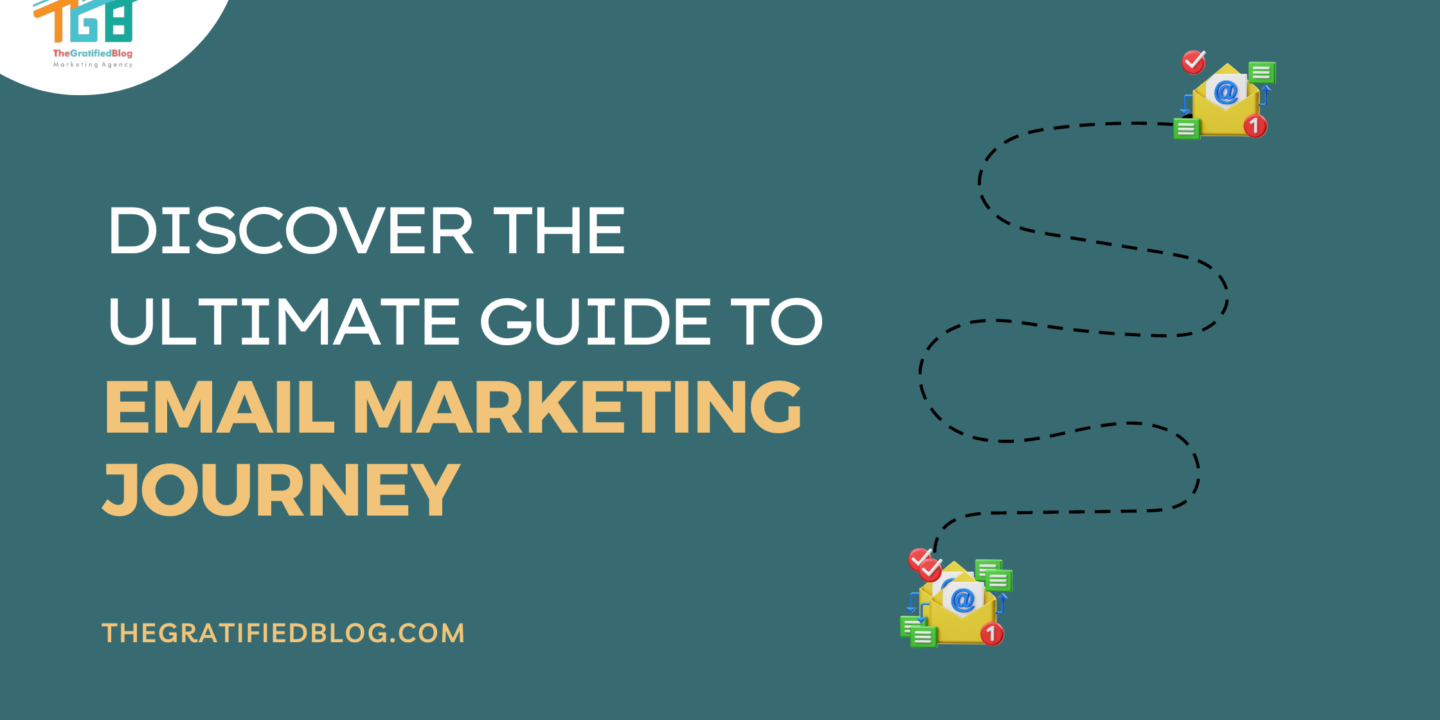
In today’s digital landscape, the email marketing journey has become a cornerstone of effective communication and customer engagement for businesses of all sizes. From nurturing leads to converting customers and fostering long-term relationships, the trajectory of your email marketing efforts can significantly impact your overall success in the digital realm.
In this comprehensive guide, we delve into the intricacies of email marketing, exploring strategies, best practices, and innovative approaches to help you navigate this dynamic landscape. Whether you’re a seasoned marketer looking to optimize your campaigns or a beginner eager to embark on this transformative journey, this blog is your compass to steer you toward email marketing success. So, buckle up as we embark on this exciting journey together, uncovering the strategies that will propel your email marketing endeavors to new heights.
What Is An Email Marketing Journey?
The email marketing journey refers to engaging with potential customers and existing subscribers through targeted email campaigns across various stages of their interaction with your brand. It typically encompasses three main stages: awareness, consideration, and decision.
Why Email Marketing Journey Is Important

The email marketing journey is crucial for businesses due to several key reasons:
- Builds Relationships and Trust: Email marketing allows businesses to develop and cultivate relationships with their audience over time. By delivering valuable and personalized content, companies can establish trust and credibility among subscribers, resulting in stronger relationships and brand loyalty.
- Drives Conversions and Sales: A well-planned email marketing journey is designed to guide subscribers through the sales funnel, from creating awareness and consideration to leading to conversions and ultimately influencing purchasing decisions to boosting sales by delivering targeted and relevant content at each stage.
- Increases Engagement and Interaction: Email marketing enables Businesses to interact directly and personally with their audience through various interactive elements like polls, surveys, quizzes, and product recommendations that can encourage subscribers to interact with emails, increasing engagement and driving actions like clicks and conversions.
- Enhances Customer Retention and Lifetime Value: A compelling email marketing journey continues after the initial purchase. It includes post-purchase communications, follow-ups, and ongoing engagement to retain customers and encourage repeat purchases. By delivering value beyond the sale, businesses can enhance customer lifetime value and nurture enduring relationships.
- Provides Measurable Results and Insights: Email marketing platforms offer robust analytics and tracking capabilities, enabling businesses to gauge the effectiveness of their campaigns in real-time. Key performance indicators like open rates, click-through rates, conversion rates, and revenue yield valuable insights into subscriber behavior, preferences, and campaign effectiveness. This data-driven approach enables businesses to optimize email marketing strategies for better results.
Having understood the concept and significance of the email marketing journey, let’s delve into the practical aspects of the email marketing journey now.
Understanding The Email Marketing Journey
Awareness Stage
Definition of awareness stage in email marketing: The awareness stage is the initial phase of the email marketing journey, where the primary focus is on introducing your brand, products, or services to potential customers who may not be familiar with your offerings. It’s about capturing the attention of your target audience and making them aware of what you have to offer.
Goals and objectives at this stage:
- Build brand awareness: Make your brand known to a broader audience.
- Capture leads: Encourage people to sign up for your email list.
- Establish credibility: Showcase your expertise and credibility in your industry or niche.
Strategies To Capture Leads And Build An Email List
- Content offers: Offer valuable content such as ebooks, whitepapers, or guides in exchange for email subscriptions.
- Lead magnets: Provide incentives like discounts, free trials, or exclusive access to gated content to entice sign-ups.
- Landing pages: Develop dedicated landing pages with persuasive content and clear CTAs to encourage email opt-ins.
- Social media promotion: Promote your email subscriptions by utilizing social media platforms to reach a broader audience.
- Webinars or events: Host webinars or events and collect email addresses from participants interested in your offerings.
Consideration Stage
Definition of consideration stage in email marketing: The consideration stage is where subscribers have shown interest in your brand and offerings. They assess if your products or services meet their requirements and preferences.
Goals and objectives at this stage:
- Nurture leads: Provide valuable content to educate and inform subscribers about your offerings.
- Build relationships: Establish trust and credibility with personalized communication.
- Encourage engagement: Prompt subscribers to interact with your emails and take further action.
Strategies For Nurturing Leads And Building Relationships
- Drip campaigns: Send automated emails over time to gradually nurture leads and provide relevant information.
- Personalization: Tailor email content based on subscriber preferences, behavior, and demographics to enhance engagement.
- Educational content: Share informative content such as blog posts, case studies, or how-to guides to address subscriber pain points.
- Interactive content: Include polls, surveys, or quizzes to encourage subscriber engagement and gather valuable feedback.
- Customer stories: Showcase success stories, testimonials, or user-generated content to build trust and social proof.
Decision Stage
Definition of decision stage in email marketing: The decision stage is where subscribers are ready to purchase. They have engaged with your content, shown interest in your offerings, and are evaluating whether to become paying customers.
Goals and objectives at this stage:
- Convert leads into customers: Encourage subscribers to take the final step and purchase.
- Drive sales: Generate revenue by converting leads into paying customers.
- Retain customers: Nurture loyalty and promote recurring purchases.
Strategies For Converting Leads Into Customers
- Promotional offers: Provide exclusive discounts, limited-time offers, or incentives to encourage conversions.
- Clear CTAs: Use compelling and action-oriented CTAs that guide subscribers toward purchasing.
- Product recommendations: Recommend relevant products or services based on subscriber preferences and past interactions.
- Abandoned cart emails: Send targeted emails to remind subscribers of items they’ve left in their cart and encourage them to complete the purchase.
- Social proof: Highlight customer reviews, testimonials, or ratings to reassure subscribers and reduce purchase hesitation.
Now that you’ve grasped the concept of the email marketing journey let’s delve into the practical steps of creating one.
How To Create An Effective Email Marketing Journey?
Creating a compelling email marketing journey involves several vital steps to ensure your campaigns are well-planned, targeted, and engaging. Here’s a breakdown of the process in five steps, each explained in detail:
Define Your Audience And Segment Your Email List

- Specify Your Audience: Determine your target audience based on their demographics, interests, behavior, and buying preferences. Understand their pain points, needs, and motivations.
- Segment Your Email List: Segment your email list based on demographics, purchase history, engagement level, and preferences. This segmentation enables personalized and targeted content delivery to various audience segments, enhancing relevance and engagement.
Craft Compelling And Personalized Content

- Compelling Content: Create high-quality, engaging, relevant content that resonates with your audience. This includes email subject lines, copy, images, videos, and CTAs (calls-to-action).
- Customization: Tailor your emails according to subscriber information such as name, location, past purchases, browsing behavior, and preferences. Use dynamic content and segmentation to deliver personalized recommendations, promotions, and offers.
Design Mobile-Responsive And User-Friendly Emails
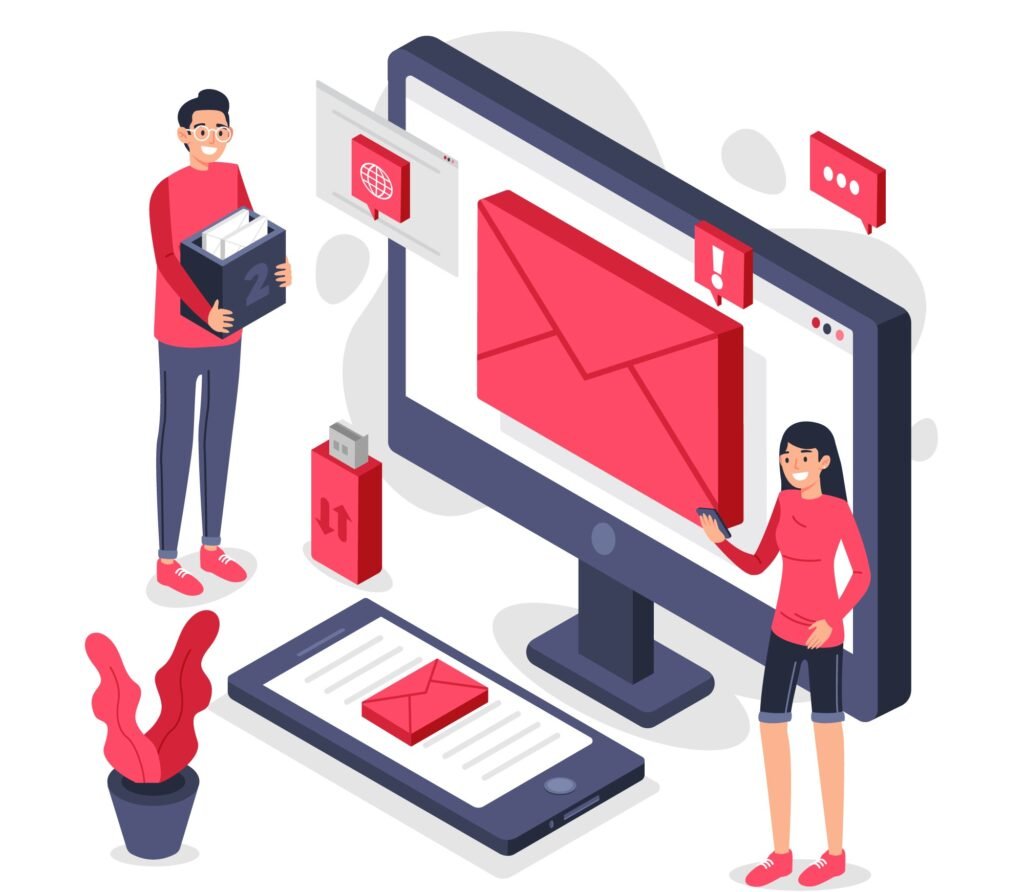
- Mobile-Friendly Layout: Confirm that your emails are designed for optimal viewing on mobile devices, as many users access emails on smartphones and tablets. Use responsive email templates that adjust to different screen sizes and resolutions.
- User-Friendly Layout: Design emails with a clear, organized layout, easy navigation, and eye-catching visuals. Use white space effectively, use bullet points for readability, and prioritize the most important information above the fold.
Implement Automation And Email Sequences
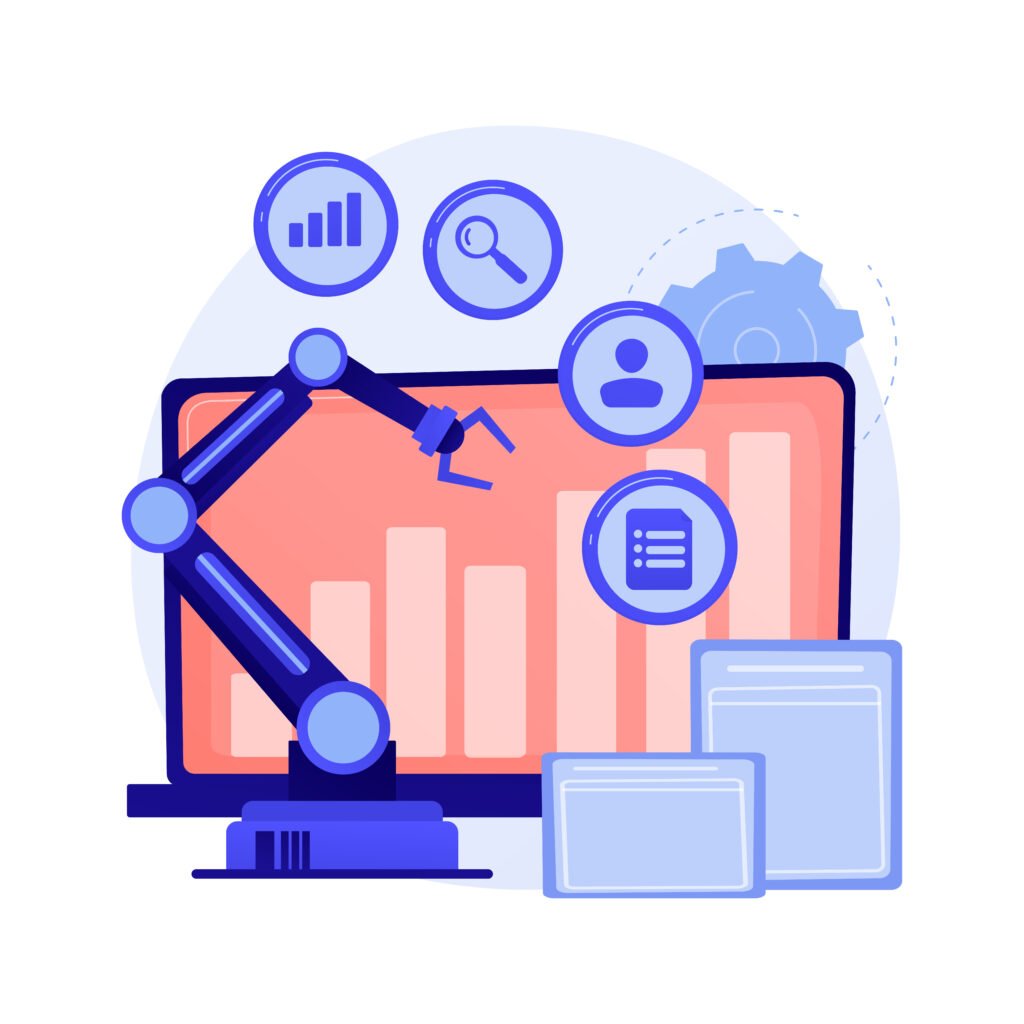
- Automation: Employ email marketing automation tools to streamline and automate your campaigns. Establish automated workflows for welcome emails and reminders for abandoned carts, birthday offers, re-engagement campaigns, and more.
- Email Sequences: Create email sequences or drip campaigns that deliver emails over time based on subscriber actions or triggers. For example, a welcome series can gradually Introduce newly subscribed individuals to your brand, offerings, and services.
Monitor Performance And Iterate Based On Data Insights
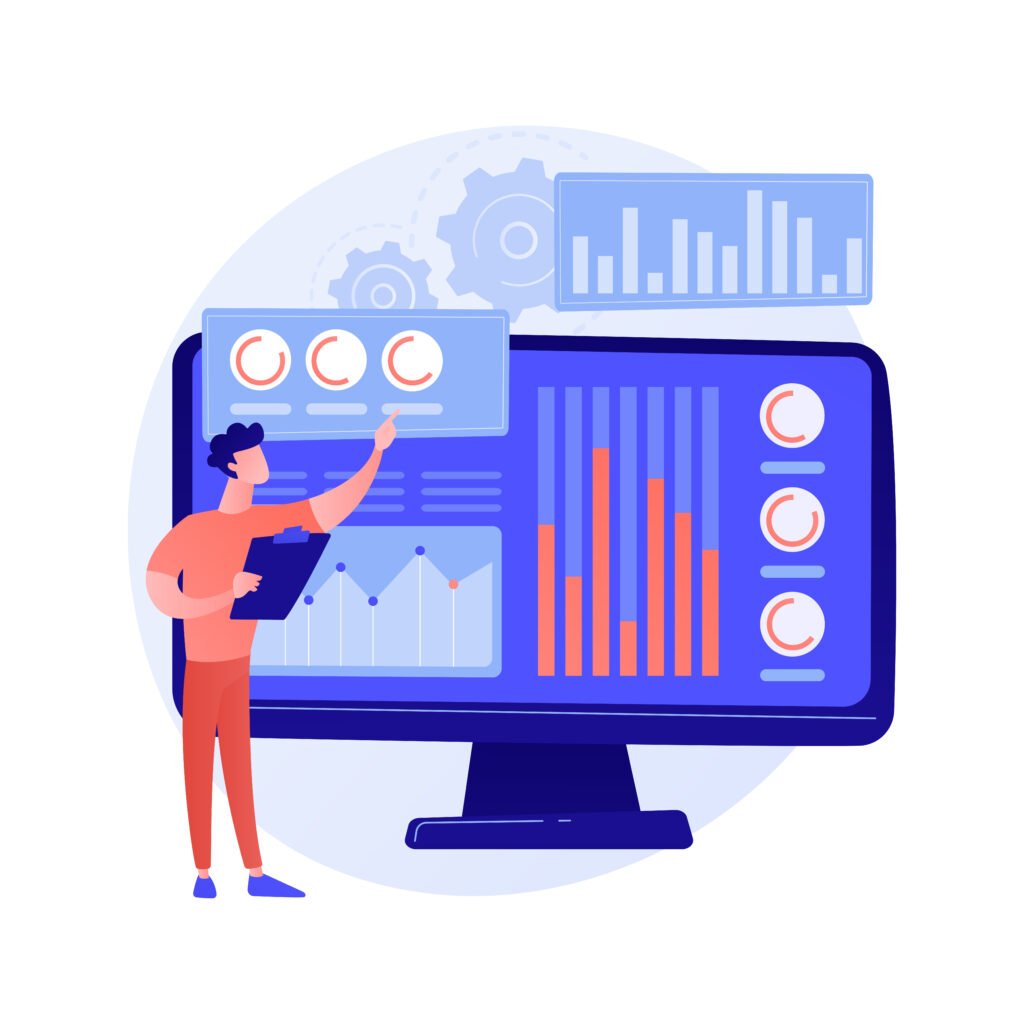
- Analytics and Tracking: Use email analytics tools to track Important metrics, including open rates, click-through rates, conversion rates, bounce rates, and unsubscribe rates. Monitor campaign performance in real time and analyze Information to understand subscriber behavior and preferences.
- Iterate and Optimize: Continuously analyze data insights to identify trends, patterns, and areas for improvement. Conduct A/B testing on various elements within your emails (subject lines, content, CTAs, design) to optimize performance. Use data to inform decisions, improve your email marketing strategy, and improve results over time.
FAQs
Q1. What is the email marketing journey, and why is it important?
A. The email marketing journey refers to engaging with subscribers across different stages, from awareness to conversion and retention. It’s important because it allows businesses to build relationships, drive conversions, increase engagement, retain customers, and make data-driven decisions for better results.
Q2. How can I create a compelling email marketing journey for my business?
A. To create a compelling email marketing journey, define your audience and segment your email list. Craft compelling and personalized content, design mobile-responsive emails, implement automation and email sequences, and monitor performance. Iterate and optimize your strategy using insights from data insights.
Q3. What are some key metrics to track in the email marketing journey?
A. Key metrics to track in the email marketing journey include open rates, click-through rates (CTRs), conversion rates, bounce rates, unsubscribe rates, revenue generated, customer lifetime value (CLV), engagement metrics (such as time spent on emails and interactions), and email deliverability rates. Tracking these metrics provides valuable insights into campaign performance and subscriber behavior.
Conclusion
Given your deep understanding of the email marketing journey, why not implement that knowledge today and witness the results it can drive? By implementing the strategies, you can effectively engage with your audience, drive conversions, and optimize your email marketing efforts for success. So, leap and embark on your email marketing journey to experience firsthand its impact on your business growth and customer relationships.
However, if you still have any questions related to the blog, please leave them in the comments section below. We will be happy to answer you.
Thanks for reading 🙂


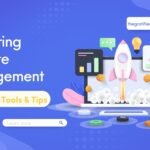
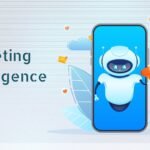
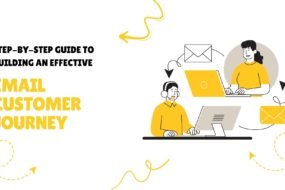
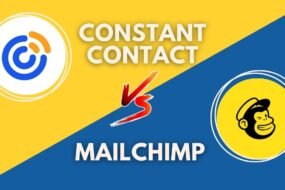

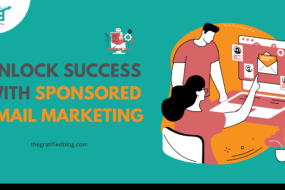
No Comments